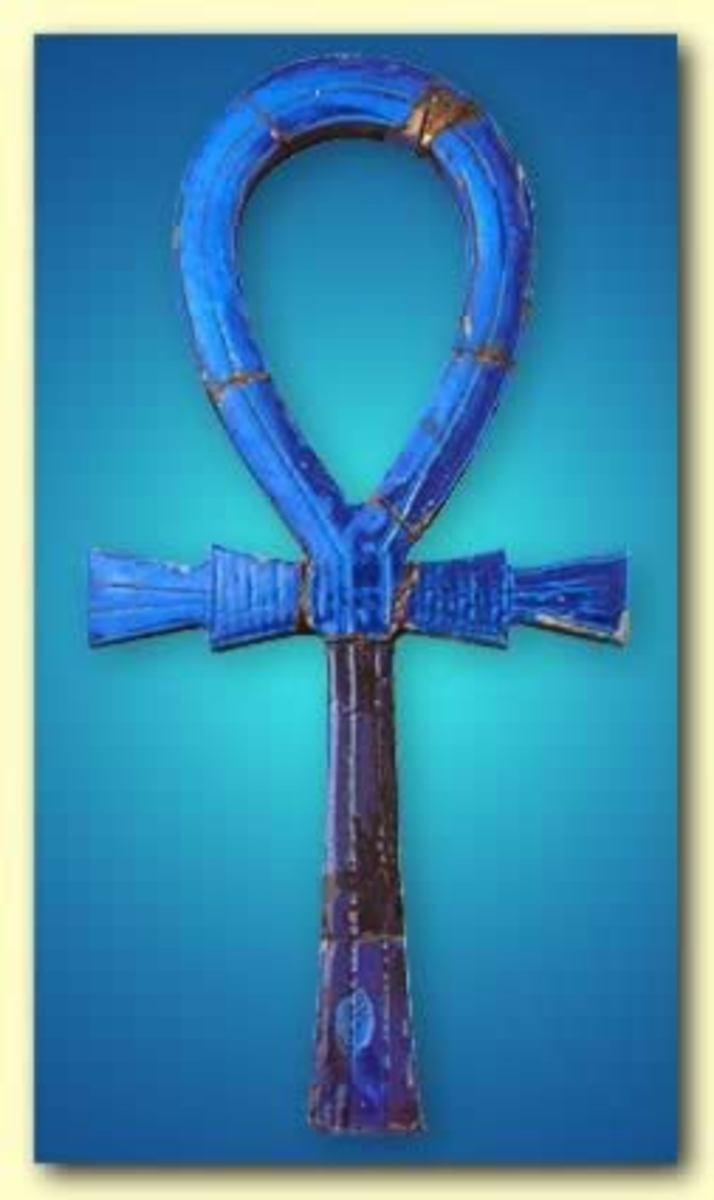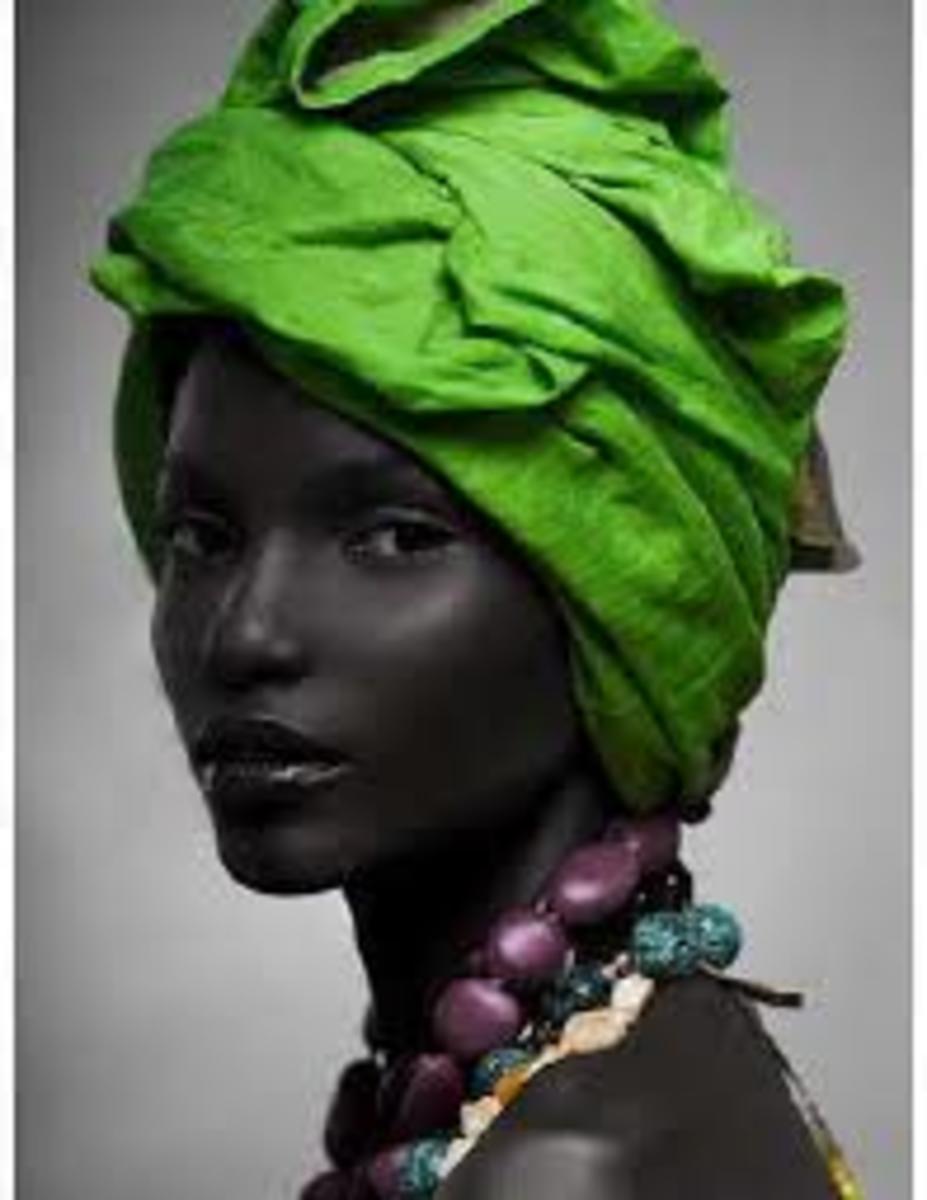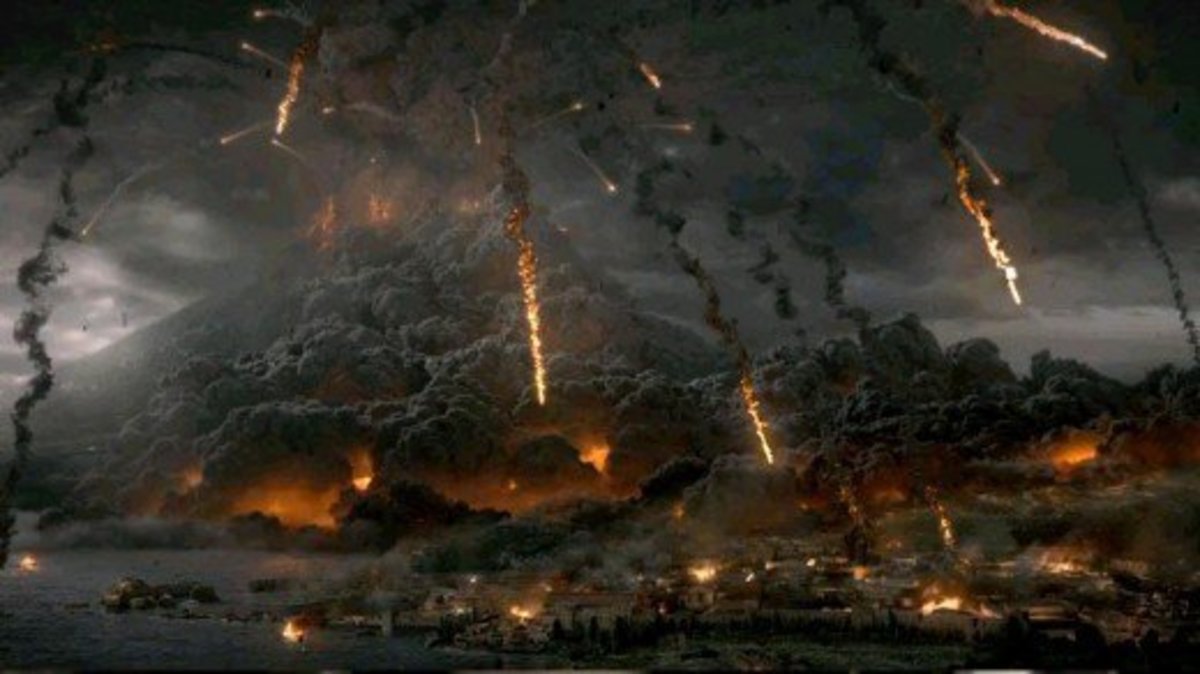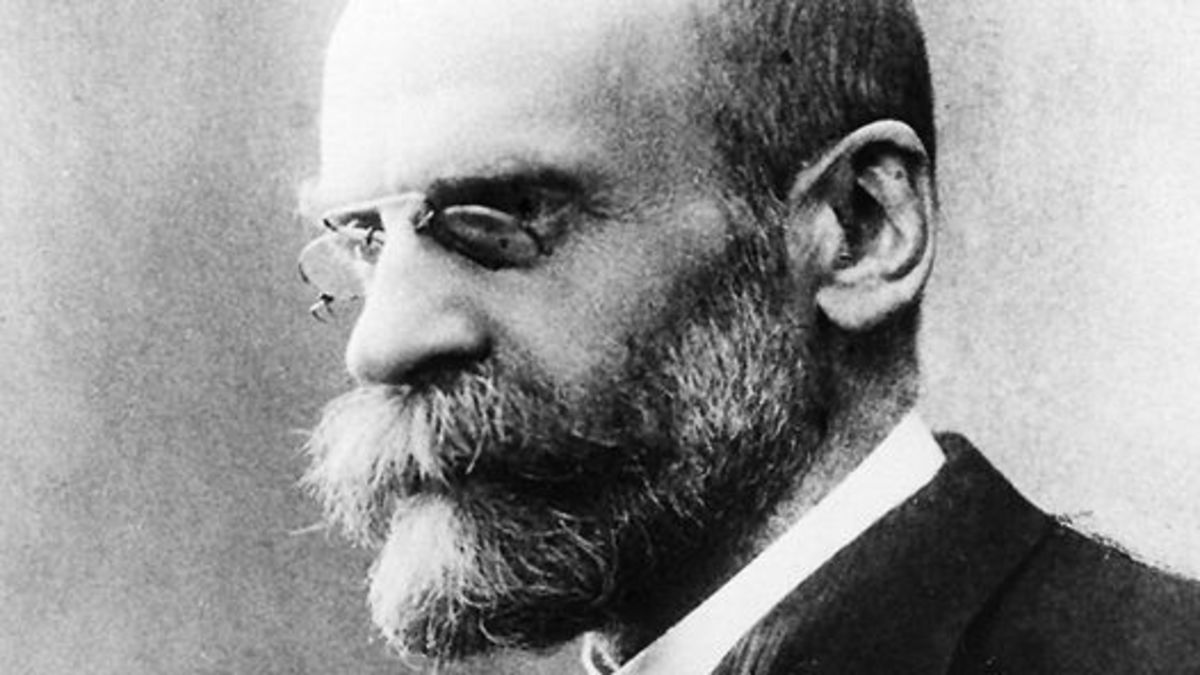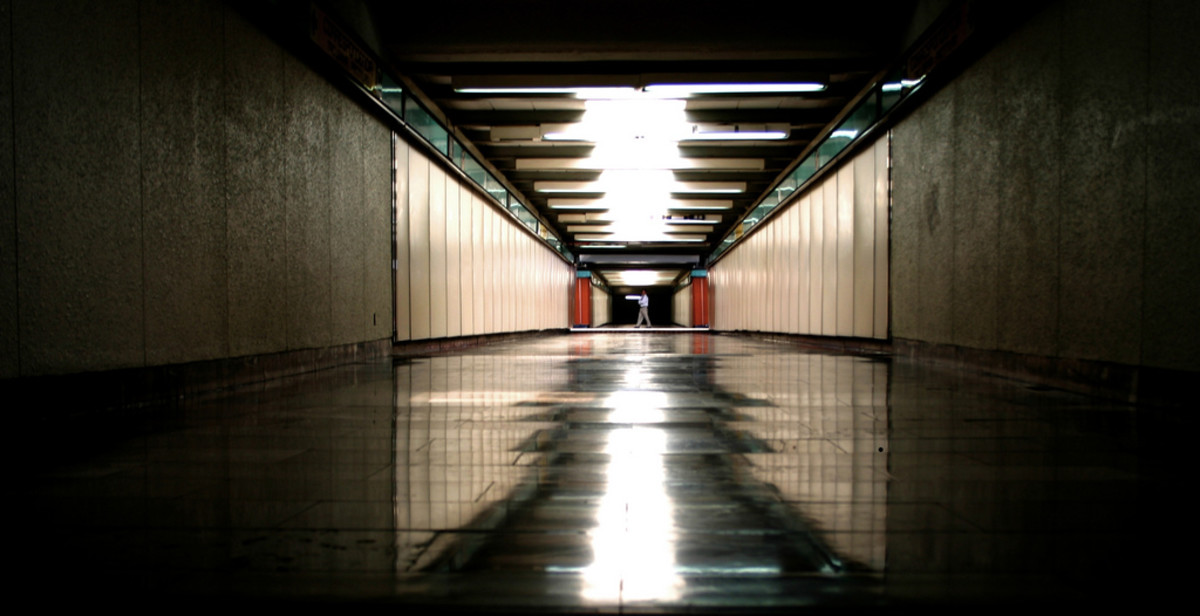The Concept of the Other
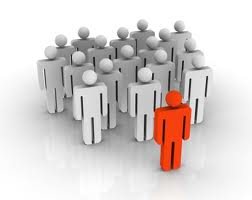
INGROUPS HAVE HIGHER STATUS AND MORE OPPORTUNITIES THAN THOSE IN THE OUTGROUP
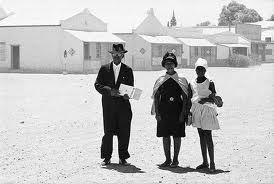
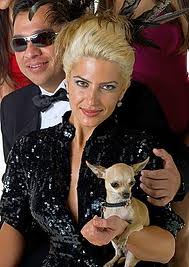

OUTGROUPS WERE VILIFIED THROUGHOUT HISTORY, THEY WERE CONSIDERED OUTSIDERS, OUTCASTS AND/OR WORSE
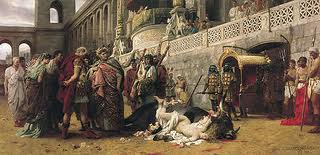
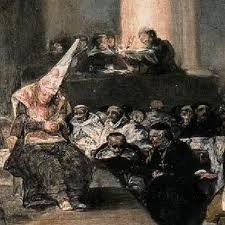
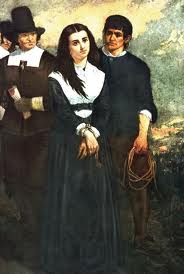
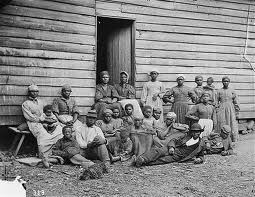
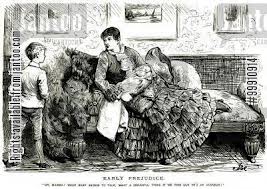
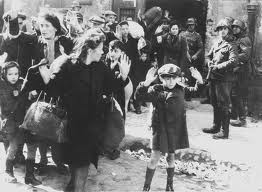
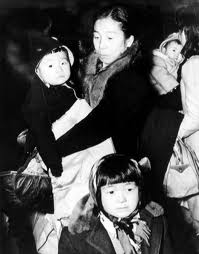
THE OUTGROUP RESPONSE TO THEIR MARGINALIZED STATUS
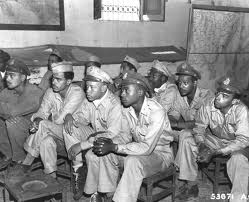
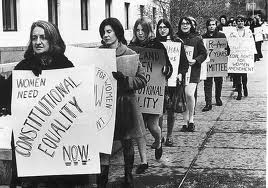
The Concept of the Other in History and Society
Since time immemorial, there always was the concept of the ingroup and the outgroup. The ingroup is the group to which one belongs to whether it is the educational, ethnic, familial, gender, racial, religious, and socioeconomic group. All others which are not inclusive within the particular ingroup is considered to be members of the outgroup.
People who are in the outgroup have either been marginalized,stigmatized or more prevalently, demonized. They are also viewed as the other and outsiders. The other, outsider, or the outgroup is the group which the societal ingroup often displaces all their negative characteristics onto. People who are classified as the other were either enslaved, exiled, forced to assimilate, or worse exterminated.
People who belong to the ingroup oftentimes view members of the outgroup as being different, often in the pejorative sense. Members of the ingroup often manifest different characteristics to the outgroup than they would to themselves. For example, the ancient Romans would characterize the Huns as being extremely intolerant and bloodthirsty while they would characterize themselves as the harbingers of culture and civilization. However, in certain instances as proven in historical records, the Romans were often as intolerant and bloodthirsty as the Huns.
The ingroup has negative characteristics but instead of accepting and facing them, it was much easier to state that the outgroup had these characteristics to make the ingroup feel better about themselves. Furthermore, the outgroup also functions as the scapegoat to alleviate "the sins" of the ingroup. If an ingroup feels guilty, it would be much better psychologically to displace these feelings of guilt on the outgroup. Many groups throughout history had the distinction to be classified as both the ingroup and the outgroup. However, there are certain groups of people who have been consistently characterized as being members of the outgroup depending upon the period in history.
Jews from time immemorial have been classified as the outgroup from the time of the ancient Egyptians, Assyrians, and Babylonians to the tragic event of the holocaust in the Nazi regime. Jewish people were considered the outgroup in terms of religion. The ancient Assyrians, Babylonians, Greeks, and Romans were often polytheistic peoples worshipping more than one deity and they often viewed the Jews who were for the most part monotheistic as a threat to their societal order. In the medieval period of history, Christian authorities viewed the Jews as satanic because they elected not to accept the concept of Christ as their savior. During the medieval period, many Jews were subjected to pogroms and exclusions. It was the main goal of many Christian authorities to assimilate the Jews into being Christians.
However, in the 19th and 20th centuries, the concept of anti-Semitism became more racial/ethnic and less religious. Jews were seen as members of an alien race. In Nazi Germany, this concept was taken to an extremely dangerous level. Jews were viewed by the Nazis as completely unassimilable and fit only to be completely exterminated.
First, the Jews were demonized by the Nazi media. They were then separated from the general population and placed into ghettos. Ultimately, they were exterminated by being placed into hellish concentration and extermination camps. Only a remnant of European Jews survived this hellish incident.
Women in patriarchal cultures and societies were also seen as the other by men. They were blamed by male and/or religious authorities for the supposed fall of mankind. Even though women in ancient societies were opposed and denied equal rights, it was medieval society that totally demonized and marginalized women. Women were viewed in this society as temptresses and agents of the devil. It was during the latter period of medieval and early modern times when women were tried and prosecuted for participating in witchcraft.
In the witchcraft craze during those periods, there were communities in which entire female populations were completely decimated. Women who were nonconformists and considered to be extreme outsiders were suspect of practicing witchcraft. Many women who were medicinal practitioners were eliminated because they threatened the male medical and religious establishment. The culmination of the witchcraft trials was the one at Salem, Massachusetts in 1692 where women who were considered to be threats to the Puritan status quo were ostracized and/or worse.
In history, other outgroups included Black Africans and Native Americans. European colonists often viewed them as the other, often projecting their more exaggerated and negative characteristics upon them. The European projection of so-called exaggerated and negative characteristics were used to justify their subjugation, near extermination(Native Americans), and enslavement. Other groups in America were also considered the outgroup i.e. Latinos who because of their racial origins could not be easily categorized. Many people in these groups still experience discrimination, either overtly or covertly, to this day.
Society has a habit of separating the ingroup from the outgroup in all categories. There are also concepts of the other on a minor level. People are often rewarded by being members of ingroups and are ostracized if they are members of the outgroup. People who are part of outgroups are often marginalized by society. Oftentimes, they are not included to participate in the privileges of the majority society in question.
Many times, people are considered the other or being an outgroup attempt to conform in order to belong to the ingroup and/or to be granted the privileges that the ingroup has. These people desire to be as inconspicuous as possible in order to belong to the ingroup. Many members of outgroups often assimilate or eliminate their outgroup status by passing. By passing i.e. eliminating their outgroup identity, the person from the outgroup seeks to gain the acceptance and privilege that belonging to the ingroup entails.
There are people who belong to outgroups who are in the middle. They neither accept or deride their outside or other status. They accept their status as a part of life; however, they conform to the mandates and dictates to the ingroup when it is necessary whether it is in the educational or career sphere. Although, they are members of the outgroup, they believe that it is best not to draw too much attention to themselves.
There are people who militantly exhibit their outside and/or other status. These people are often marginalized and punished for having pride in their outside and/or other status. However, they do not care about this. They believe in living their lives authentically and/or to be proud of who they are. Sometimes, these people are wildly successful because members of the ingroup often fiercely respect them for the authentic persons they are. Other times, they are often not successful according to the societal definition but they are happy nevertheless. They do not mind living in the margins as long as they are happy with themselves.
However, in postmodern society, there is more acceptance of the outgroup than ever before. It is a thought that everyone is part of one outgroup or another, so the concept of the other and/or outgroup has little meaning. The 21st century is in fact the century of the outgroup in one way or another. Everyone is equal and the concept of the ingroup and outgroup is almost becoming extinct!
In summation, there was always the ingroup and outgroup. Members of an ingroup usually have more privileges and status than members of an outgroup. Outgroup members are often demonized and marginalized throughout history. There were some instances which members from outgroups were subjected to heinous discriminatory measures including enslavement, forced assimilation, and extermination.
Because of the differential treatment members of the outgroup receive, there are varied reactions among its members. Some members of the outgroup want to eliminate their outgroup status by passing and assimilating into the ingroup culture and consensus. Other members wish to be members of the outgroup; however, they wish not to draw attention to themselves. Still others militantly and proudly embrace their outgroup status come what may. In this postmillenial era, almost everyone is part of an outgroup in one way or another. There is such melding and blending of groups that the outgroup will no longer be a phenomena of this era.
Books to Read on the Subject
© 2011 Grace Marguerite Williams



